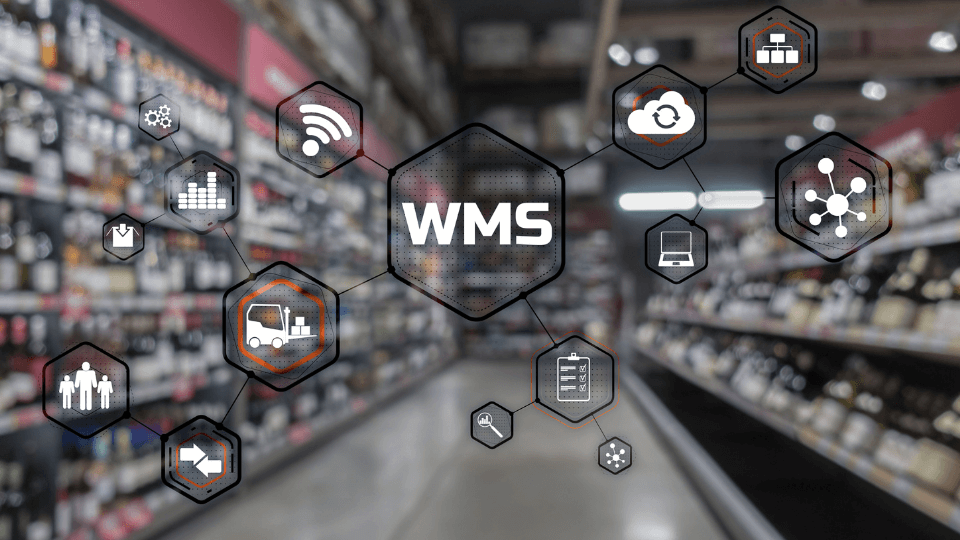Logistics Development
Logistics Development encompasses the strategic planning, coordination, and optimization of transportation, warehousing, and inventory management processes to ensure smooth flow and efficient distribution of goods and services.
Coordinating logistics and supply chain operations with web-based solutions.

Transportation Management Systems (TMS)
TMS is used to manage transportation operations, including carrier selection, routing, and scheduling. These systems can also provide visibility into shipment tracking and delivery status.
A Transportation Management System (TMS) is a software solution that helps companies efficiently plan, manage, and optimize their transportation and logistics operations. Coordinating the flow of goods, services, and information to ensure efficient and effective supply chain operations. Transportation Management System (TMS) is a software solution that streamlines and optimizes transportation processes in logistics. It enables efficient management of carrier selection.
Warehouse Management Systems (WMS)
WMS is used to manage warehouse operations, including inventory tracking, storage, and movement. These systems can provide real-time visibility into inventory levels and locations and can help optimize warehouse operations.
A Warehouse Management System (WMS) is a software solution designed to optimize and automate warehouse operations. Warehouse management system for efficient inventory control and logistics operations. It includes functionalities such as inventory management, order fulfillment, receiving and put-away, picking and packing, and warehouse optimization. WMS improves inventory accuracy, enhances operational efficiency.


Order Management Systems (OMS)
OMS is used to manage order processing and fulfillment, including order tracking, shipping, and delivery. These systems can provide real-time visibility into order status, inventory levels, and shipment tracking.
An Order Management System (OMS) is a software solution that centralizes and automates the management of customer orders throughout the order lifecycle. It includes functionalities such as order entry, order tracking, inventory management, and order fulfillment coordination. OMS improves order accuracy, enhances order visibility, and enables efficient management of the entire order lifecycle, resulting in streamlined operations.
Supply Chain Visibility
Web-based solutions can provide real-time visibility into supply chain operations, including inventory levels, shipment tracking, and delivery status. These solutions can help identify bottlenecks, delays, and other issues that may impact supply chain performance.
Supply chain visibility refers to the ability to track and monitor products, materials, and information as they move through the various stages of the supply chain, from raw material sourcing to end-customer delivery. It involves gaining real-time insights into inventory levels, shipment status, transportation movements, and other critical supply chain activities.






